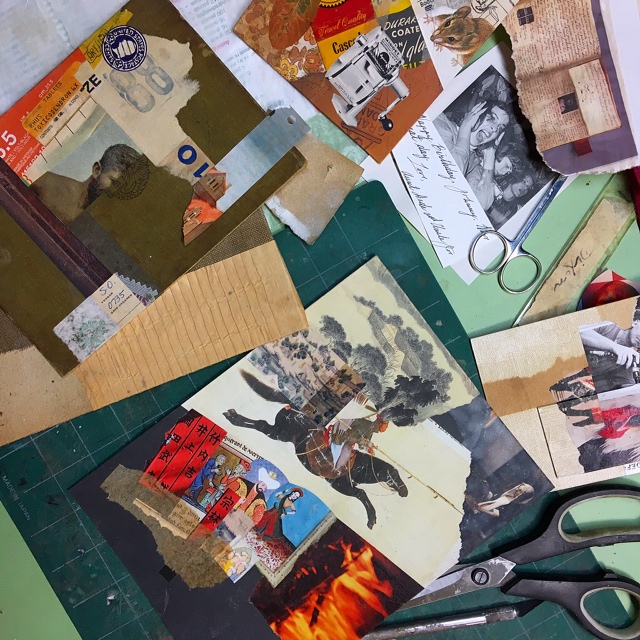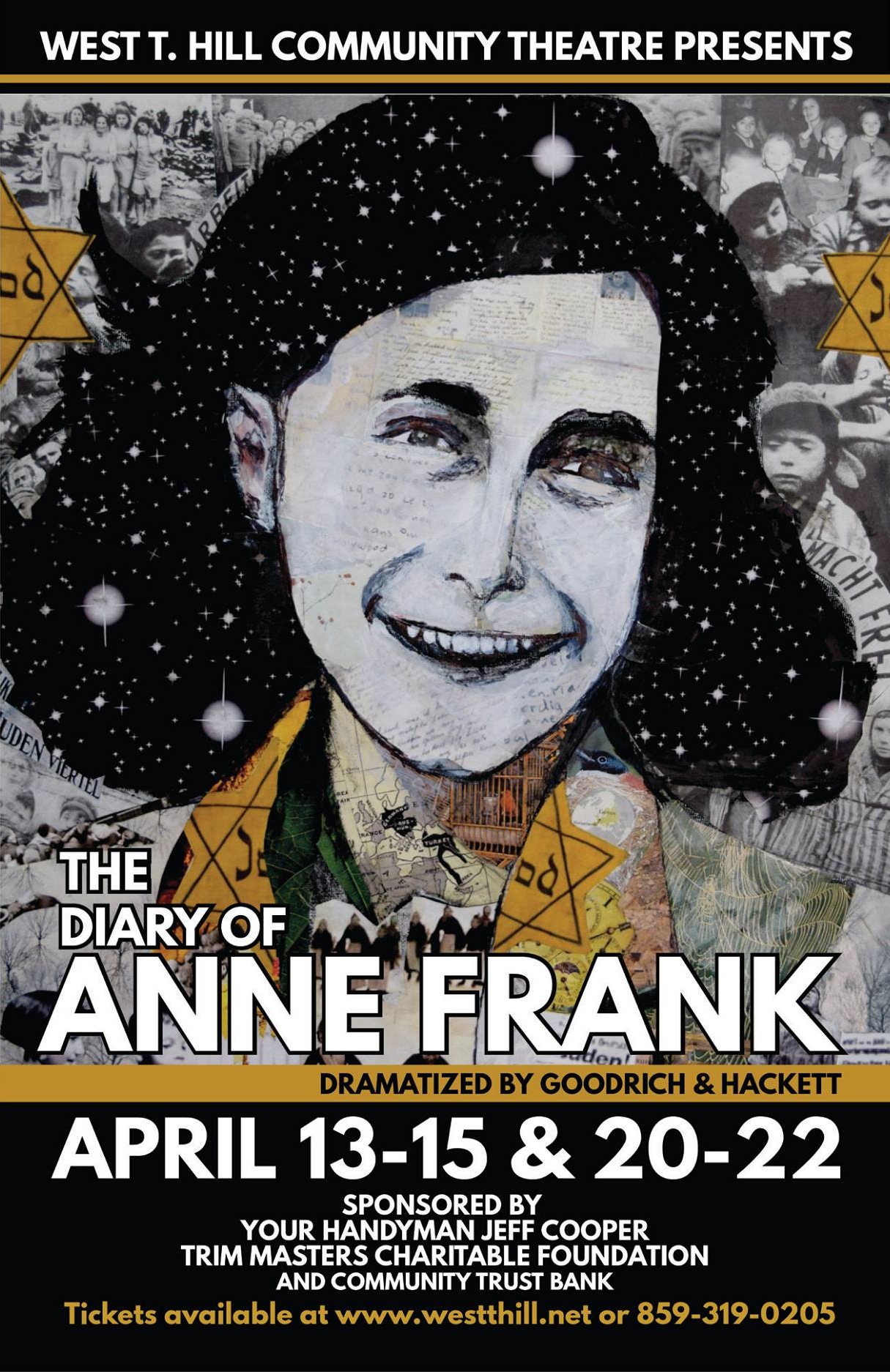Opened by Customs was created in Lysaker, Norway, after Schwitters emigrated from Nazi Germany in 1937. Here he attempted to continue his Merzbau, or Cathedral of Erotic Misery, which he had begun in c.1923 in his apartment in Hanover. While living in Norway his work was exhibited in his homeland in the Nazi Degenerate Art exhibition. He left Norway for Britain in 1940 when Germany invaded the country. … The complex mesh of language and layers that comprise the work suggests a correspondingly complex web of ideas and emotions. The turmoil of the period (experienced by Schwitters as well as other German émigrés) is conveyed through the conflicting languages, both printed and handwritten, and the fierce red marks added using stamps, cut-outs and daubings. The titular German customs label, which takes a prominent position at the top left of the work, points to a lack of personal autonomy and compounds the sense that Schwitters is escaping ideological oppression. The lack of cohesion – the texts run in several different directions – may be indicative of the upheaval that both the artist and the continent were undergoing at this time.”
— Hana Leaper
When it was announced that the artwork of my friend and fellow collage artist Robert Hugh Hunt would be featured to promote the planned production of “A Diary of Anne Frank,” the long-dormant Thespian awakened inside of me.  In a moment of pure impulse, I showed up at the audition and soon found myself cast in the Pulitzer Prize-winning play.
In a moment of pure impulse, I showed up at the audition and soon found myself cast in the Pulitzer Prize-winning play.
I admit to woefully underestimating the commitment of time and inward focus, not having been involved with theater for nearly fifty years. As a result, my studio work surface has lain fallow and my sense of personal priorities has been throttled. Perhaps you’ve experienced something similar to this — an abrupt, self-generated break in routine that causes the discomfort of withdrawal, but at the same time, a positive awareness that the impending return to creative output will bring a new, energized perspective.
An unforeseen synchronicity is the juxtaposition of performing a character in dread of Nazi abuse with my evolving thoughts about what it must have been like for Kurt Schwitters as he fled his homeland, or when he escaped peril a second time as Germany invaded Norway. I had no conscious regard for treading into this emotional process when I walked down the street to my local community theater. Weeks later, I have no illusions about ever being able to simulate the terror that people endured during those years.
I am gratified to be part of a fine ensemble in an exceptional play. If you happen to be in my neck of the woods, get a ticket for our show before the seats are filled.
Promotional items for our local production feature
the mixed-media artwork of Robert Hugh Hunt.
